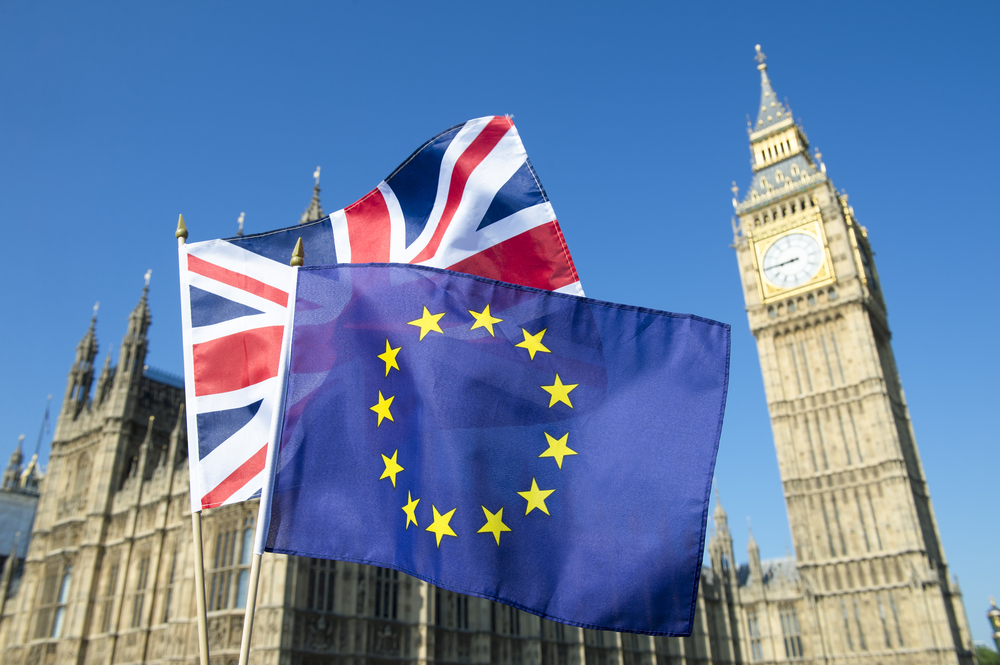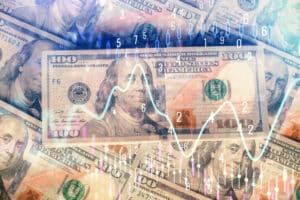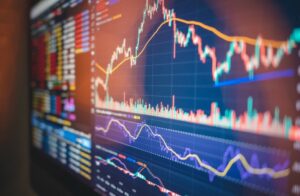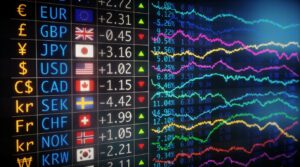
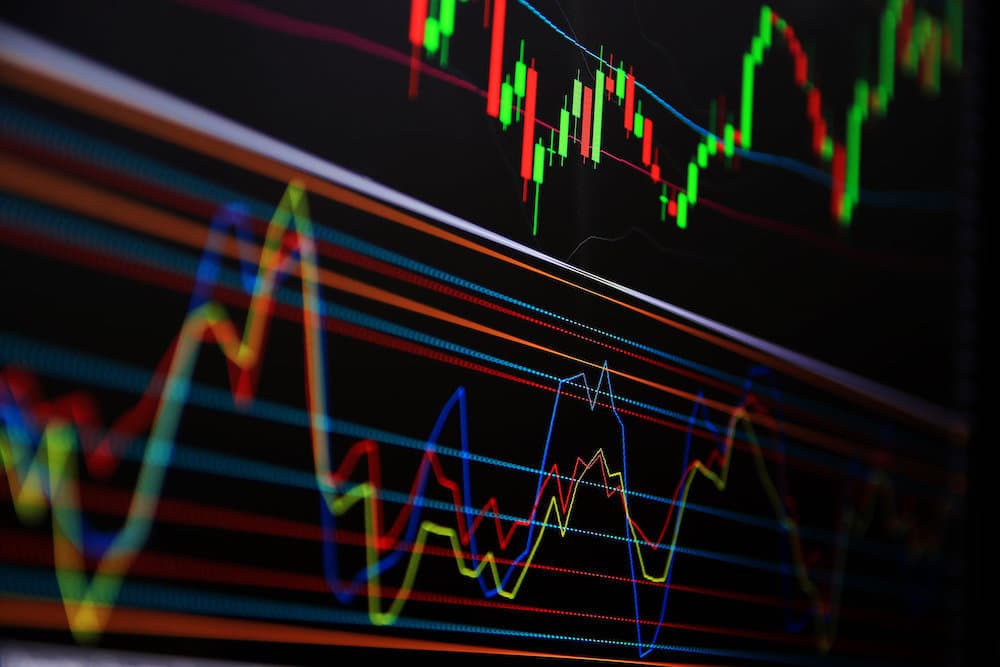
Trading forex is straightforward. The hard part is making a profit. So, to give traders the opportunity for success, it is essential to do some analysis. Traders can analyse markets in various ways. Some use technical analysis of the price action, while some analyse market flows and trader sentiment. However, fundamental analysis plays an important part in assessing the big-picture outlook of forex markets.
In forex trading, fundamental analysis looks at the outlook of a whole economy to determine the actual value of a currency. The value is then compared with the value of other currencies to assess whether it will strengthen or weaken relative to those currencies.
This article discusses how fundamental analysis is used in forex and how you can incorporate it into your trading. Hopefully, it will help you to generate those all-important profits for your forex trading.
What is Fundamental Analysis?
Fundamental analysis is a methodology for establishing the intrinsic value of an asset. In foreign exchange (forex), it means finding a currency’s true (or fair) value. Forex markets being traded in pairs of currencies determines the valuation of one currency relative to another and, subsequently, the direction of that currency pair.
Fundamental analysis suggests that while currencies may temporarily divert from their intrinsic value (overvalued or undervalued), they will revert to their true value in the long run.
There is a multitude of factors that can be input into models to determine the intrinsic value of a country’s currency. Factors covering a whole range of economic data, social trends and political developments come together to generate a holistic view of the outlook for the country. This will subsequently drive the outlook for the currency.
Therefore, forex fundamental analysis is a top-down methodology that allows traders to take a longer-term view of whether the current value of a currency will likely increase or decrease towards its actual worth. One of the drawbacks of fundamental analysis in forex is that markets can and do, overextend. Markets can remain irrational or “mispriced” for a long time, perhaps even longer than a trader can hold a position open. Subsequently, it is not always seen as the best tool for shorter-term traders.
Fundamental Analysis information types
So, what information is used in the fundamental analysis of forex markets? There are several fundamental factors and components that analysts use for valuing a currency. From the economic perspective, the primary data is inflation, economic growth and employment.
Starting with economic data: every month, inflation measures such as the Consumer Price Index (CPI) are monitored by economists to assess countries around the world. Some central banks prefer other measures, such as the Federal Reserve tracking the core Personal Consumption Expenditure (PCE) or the European Central Bank using the Harmonised Index of Consumer Pricing (HICP).
Economic growth is measured almost universally by changes in Gross Domestic Product (GDP), usually compared quarterly. GDP is the total production of goods and services generated by a country.
Many other economic indicators also help to build a picture of economic growth. Breaking it down to sector data with Industrial Production and Retail Sales also helps to paint a picture of the outlook, as does international trade. Furthermore, forward-looking survey data, such as the Purchasing Manager Index (PMI) and consumer sentiment, also give a picture of the direction of travel for an economy.
Finally, the outlook for employment and the labour market is crucial. The level of unemployment, jobs growth (famously measured in the US by the Nonfarm Payrolls data) and wage growth will all be considered by fundamental analysts. If people have jobs, they will spend money and contribute to economic growth.
Central banks will use all of this information to formulate their monetary policy. Changes to interest rates (conventional) and asset purchases (unconventional) will impact the outlook that fundamental analysts have on a currency. As such, central bank policy decisions are a critical factor in the valuation of a currency.
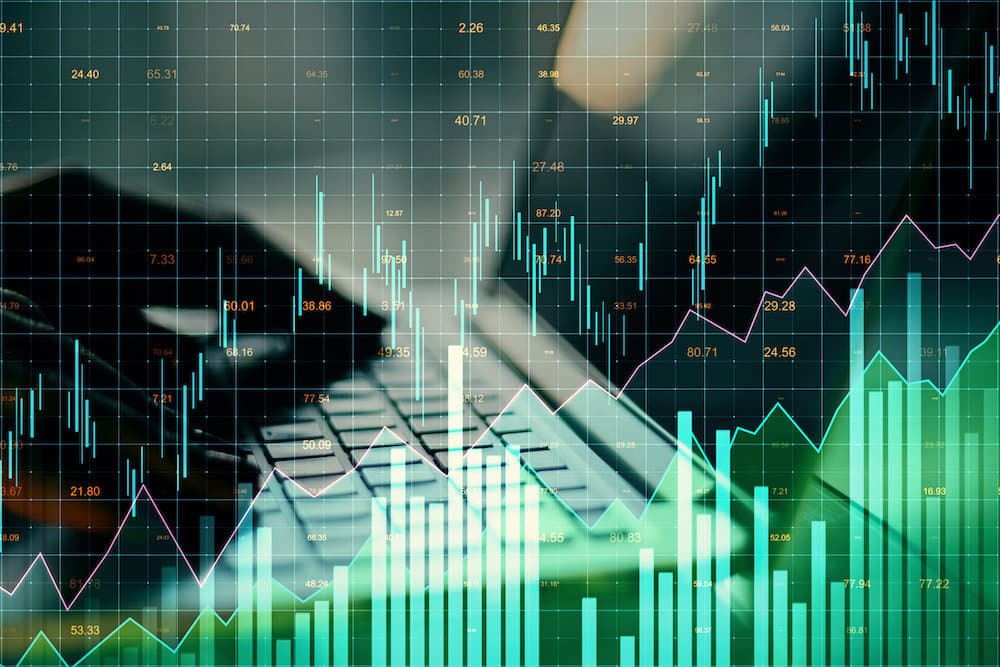
Key economic and other factors
Let’s take a closer look at some of these economic and political factors and how they impact the fundamental valuation of a currency.
Interest rates
Interest rates are a tool that central banks use to control an economy. If the economy is running too hot or cold, central banks will adjust the general interest rate level to bring the economy back towards its targeted levels.
When the level of one country’s interest rates is compared to another, this is a driver of the relative attractions of the currencies. A higher interest rate level will generate a better return for the holder of assets in that currency. Therefore, the currency will strengthen relative to the other currency.
Government bond yields are an indicator of the market’s outlook for central bank interest rates. Bonds pay a fixed income, so fluctuations in a bond’s price will determine its yield. If a central bank raises the interest rate, traders can get a better return on their money at the bank, so the fixed-income government bond will likely be sold. The price falls, and, inversely, the yield will track higher accordingly.
So, if yields reflect the expectation of interest rate moves, fundamental analysts can compare government bond yields of various countries to assess the relative valuation of the currencies. That is why fundamental analysts will look at interest rate differentials in their valuation to determine whether a currency is mispriced.
Inflation
Inflation is a crucial driver of central bank interest rates. High levels of inflation eat away at the underlying value of assets. Furthermore, if inflation is too low or negative (deflation), it can cause a downward economic spiral; why would people buy something today if they think it will be cheaper tomorrow?
Subsequently, central banks use inflation targeting as they set interest rates. Higher inflation levels require higher interest rates to choke off the price rises. Therefore, if one country has a higher level of inflation, it is likely that the interest rate will also need to be higher, which will impact the currency’s value.
Economic growth
An economy’s strength will also help determine the interest rate level. A strong economy that drives a high level of growth is desirable, but if this also generates high levels of inflation, then there will be a response from the central banks to increase interest rates.
Various indicators generate a view of the economy and how much it can be expected to grow. The central bank can stimulate growth by reducing the interest rate. However, the currency’s value will likely fall to reflect the move.
Politics
Economic data can help a central bank formulate its monetary policy, but there is another aspect to consider. Fiscal policy (government spending and taxation) is also relevant to the fundamental economic outlook of a country.
While governments and central banks tend to be independent, they are not mutually exclusive. The fiscal actions of a government can have implications for the central bank (just look at the response of the Bank of England to the unfunded spending cuts of the UK Government in September 2022). Therefore, politics is also important. The type of government ruling a country can affect the economic outlook and, more importantly, the perception of the prospects for a country’s economy. A government that favours high spending might be seen as fiscally irresponsible. However, if the view is that this will generate more vigorous growth and a larger economy, it might be viewed positively. As always, though, the devil is in the detail.
Macro factors
On an even broader scale, geopolitics plays a role in the interaction of countries with each other. Changes in political leadership can be crucial to the outlook of a currency. During elevated geopolitical instability between global superpowers such as the US, China and Russia, there can be a guiding hand on the outlook for risk appetite. Currencies viewed as being high-risk and more volatile experience selling pressure.
Natural resources and commodity prices also influence a currency’s valuation. The ability to export or the requirement to import certain commodities will determine whether a country suffers or benefits from changes in commodity prices. It is especially true for energy prices, which are essential to a country’s economy. Natural disasters, famine, and drought can also dramatically shift the path of the economic outlook for a currency.
Fundamental vs Technical Analysis
Fundamental and technical analysis are the primary analysis styles for trading financial markets. In forex, fundamental analysis determines the big-picture valuation differentials of currencies. Whereas technical analysis studies the shorter-term moves on currency pairs, fundamental analysis is used to profit from any mispricing in a currency. They determine whether and by how much a currency is overvalued or undervalued. It can therefore help identify bubbles.
While technical analysis can help to identify stretched markets, the primary drive is the price, and that follows trends. Technical analysts say that price is everything because everything is in the price. If that is the case, then how the price moves is the critical factor.
That is why forex traders will often use fundamental and technical analysis, combining techniques to determine their positions. There is a strong argument that both should tie into each other. However, when the two contradict each other, it can signal that something might be wrong. As a trader, it is always good to consider all the information available before taking a view.
How to use Fundamental Analysis in Forex Trading
Fundamental analysis is used to generate secular bull markets and bear markets in forex trading. Technical analysts talk about trends, but the medium and longer-term fundamental outlook generates the source of those trends.
Fundamental analysis traders will position themselves according to where they see a big trend. There might be some near-term fluctuations within the trend (that can be taken advantage of using technical analysis). However, broadly speaking, a currency will move in a particular direction due to an economy’s longer-term prospects and interest rates.
How the economic data is perceived by economists, analysts, and traders plays a role in how markets move. On a longer-term basis, it is all about the direction of travel. Is a central bank on a path of tightening or loosening interest rates? However, there is also a way to use fundamental analysis to trade the near-term fluctuations in forex.
For short-term trading, it is all about expectations. Day traders can look at the economic data for their signals. How did the data perform relative to market expectations? Did it beat the consensus forecast? News traders will examine how data announcements compare to the market’s estimates. Better-than-expected data should drive a stronger currency; if the data disappoints, it tends to lower its value.
Moves may only be fleeting for a matter of minutes or may trend for several hours; however, the movements, when seen, can be enough to generate significant profits for nimble traders. Once the market has digested the news, they can prepare for the next data announcement on the economic calendar.
Related Articles
Summary
Fundamental analysis in forex trading is an extremely broad field. While there are crucial nuances around the subject, the assessment of central bank monetary policy is the critical factor. The shifting sands of interest rates and bond yields between countries go a long way in determining the outlook for the relative performance of currencies.
We have considered the various indicators to track and how the data helps to mould the fundamental analysis of forex. While other forms of research are often used, fundamental analysis plays a crucial role as the guiding hand of the broader outlook.
Forextraders' Broker of the Month
BlackBull Markets is a reliable and well-respected trading platform that provides its customers with high-quality access to a wide range of asset groups. The broker is headquartered in New Zealand which explains why it has flown under the radar for a few years but it is a great broker that is now building a global following. The BlackBull Markets site is intuitive and easy to use, making it an ideal choice for beginners.



